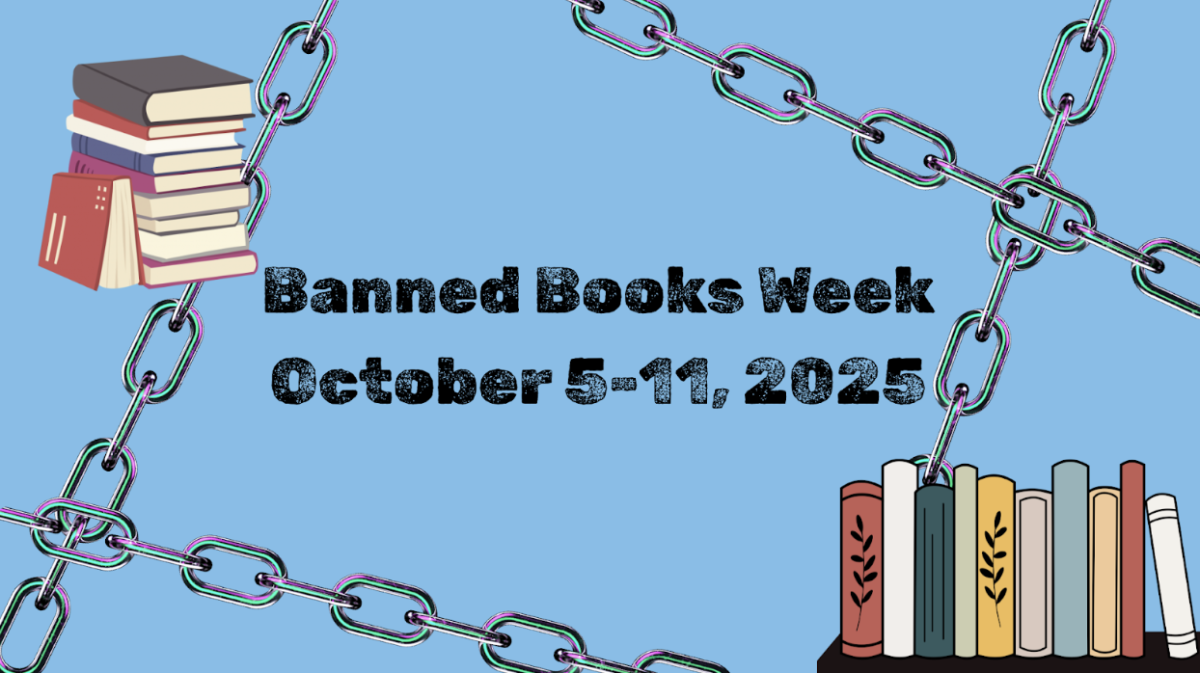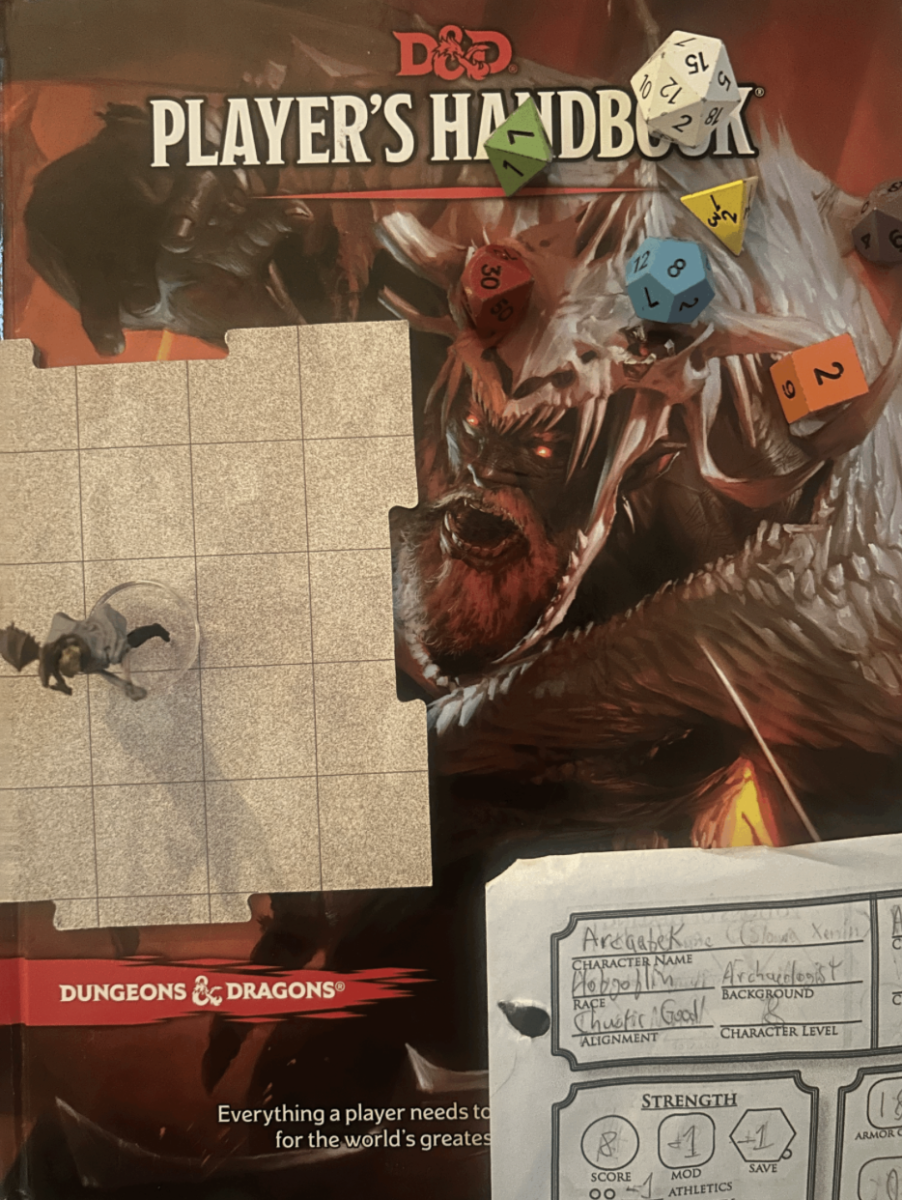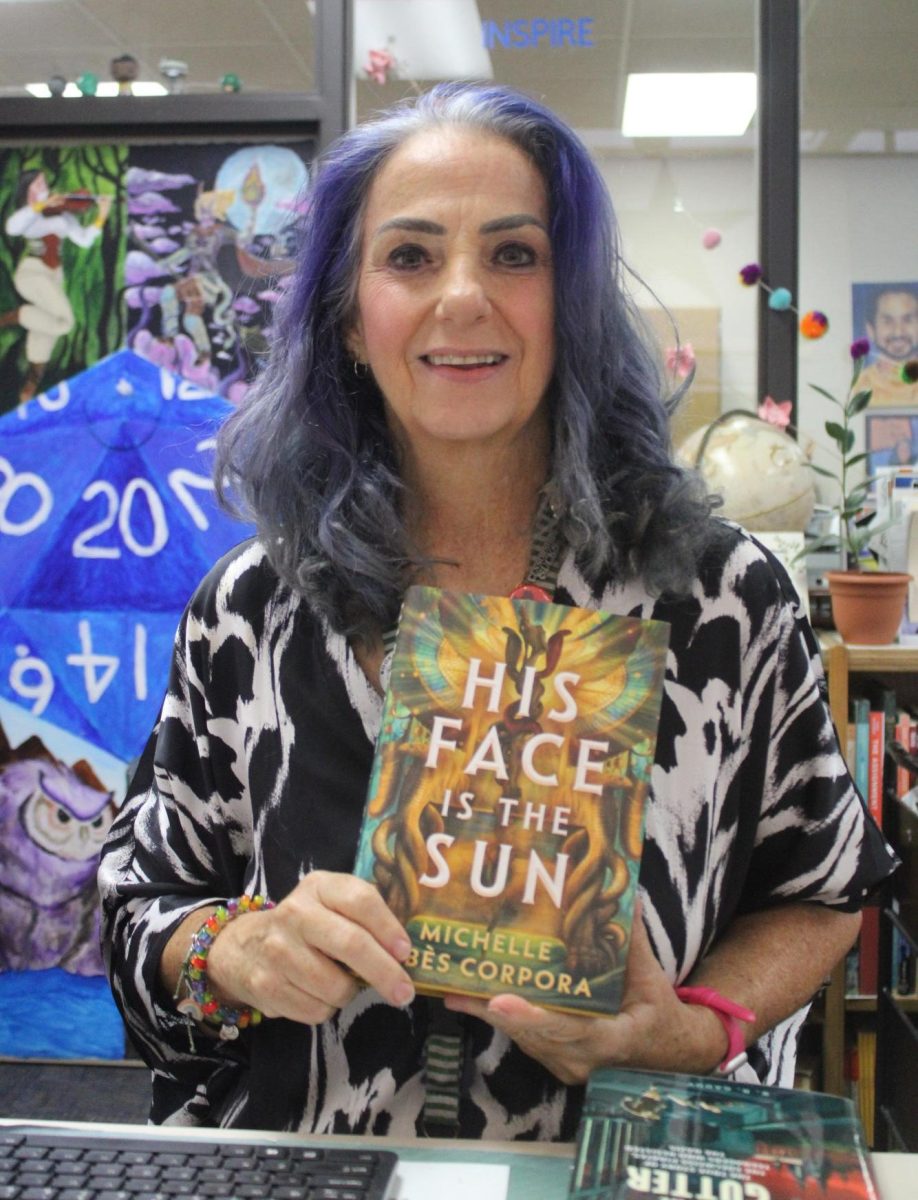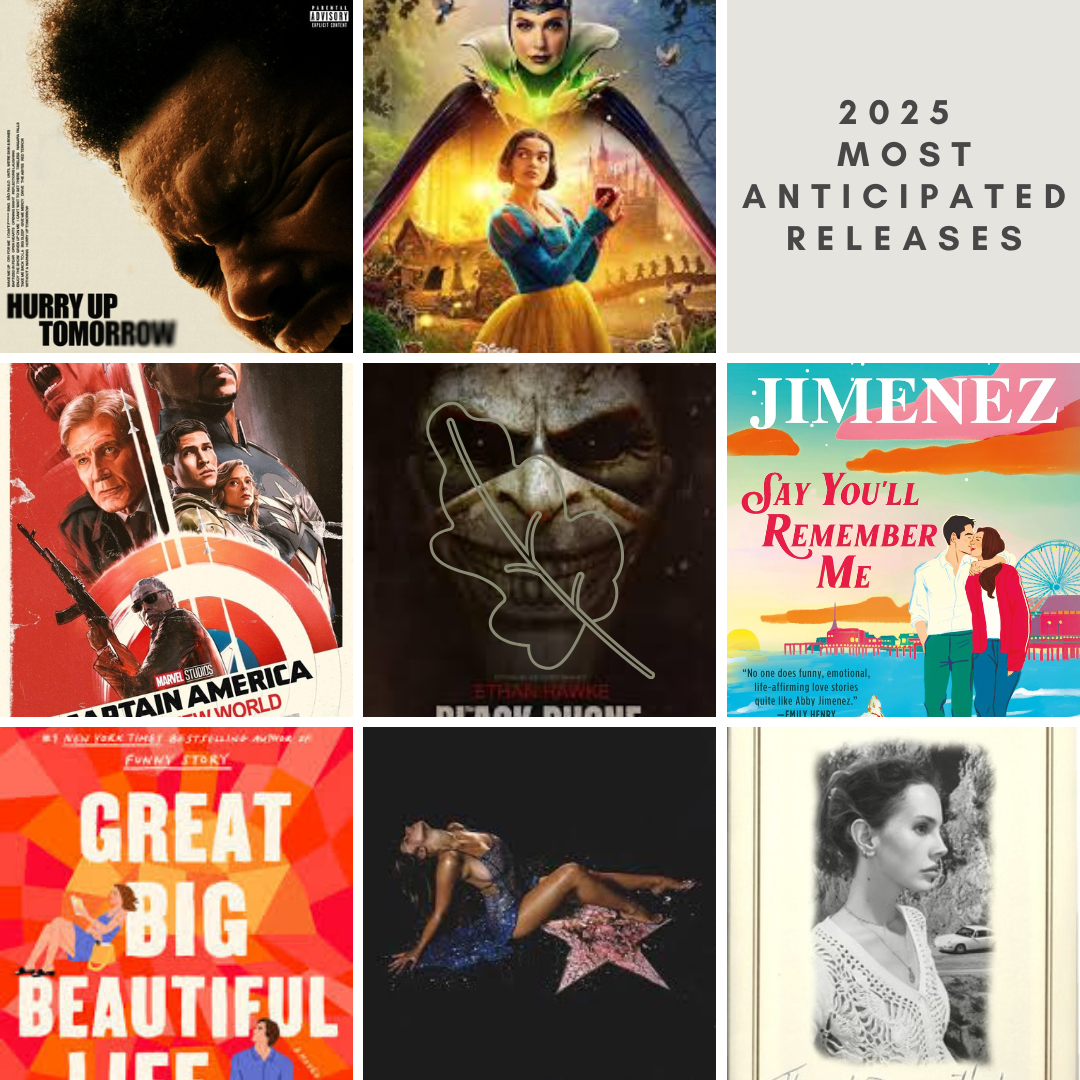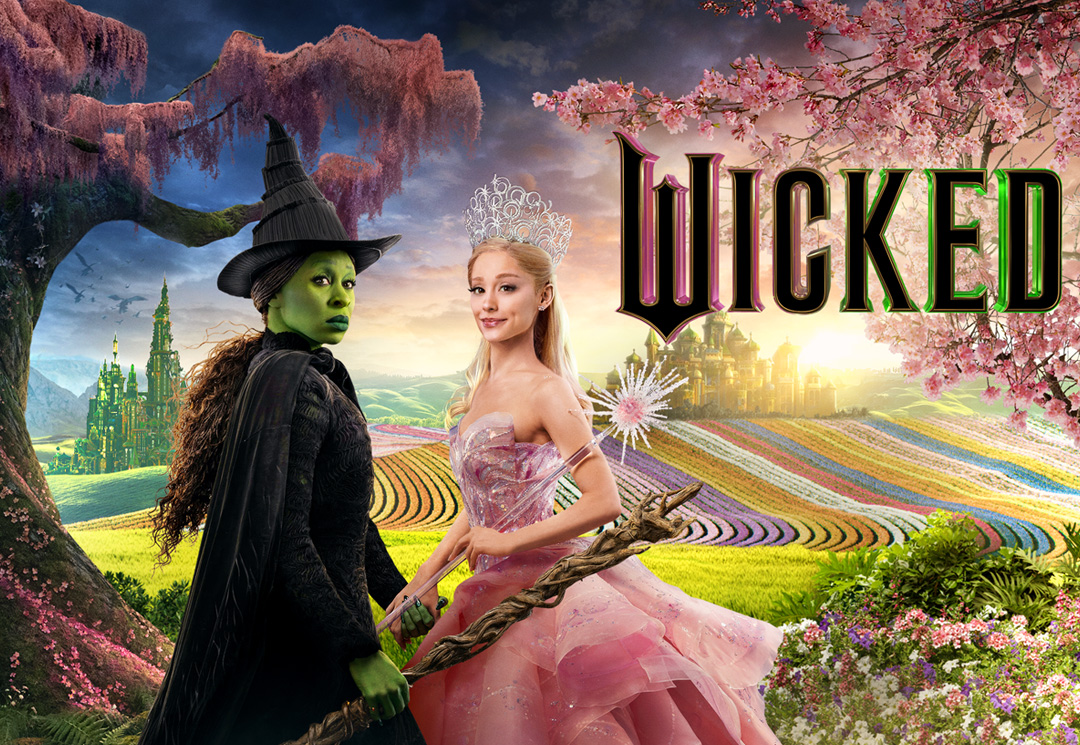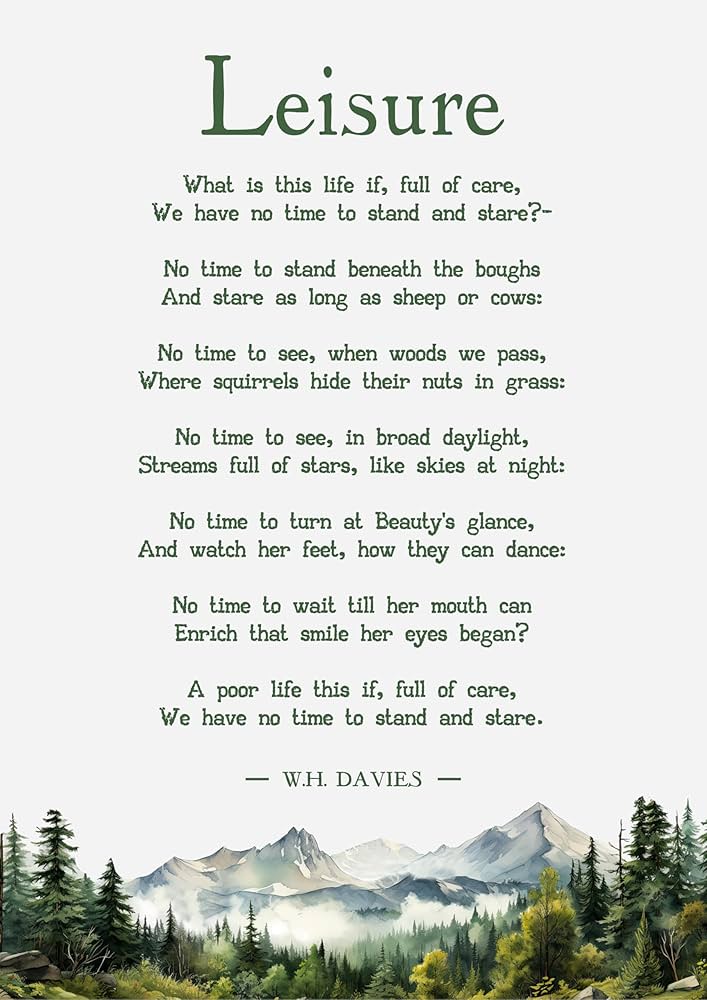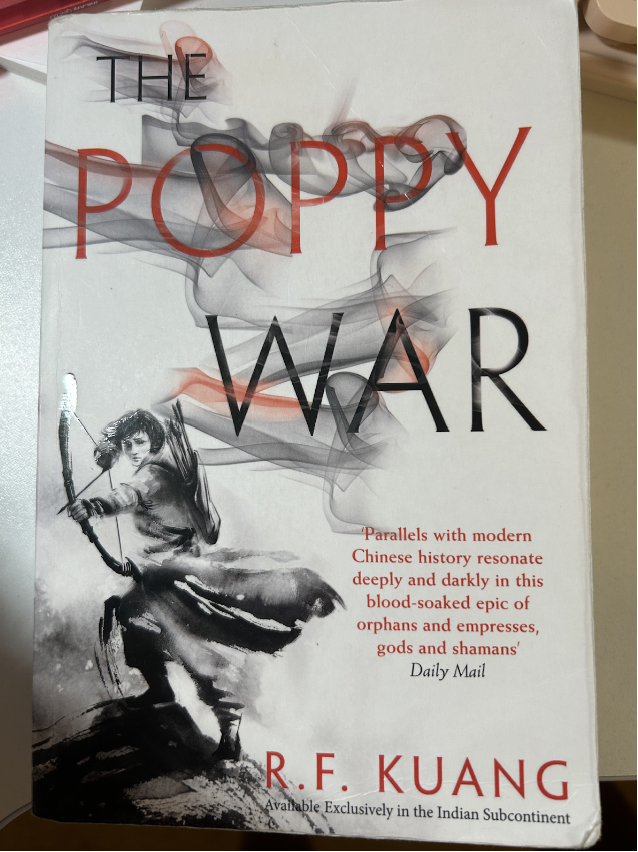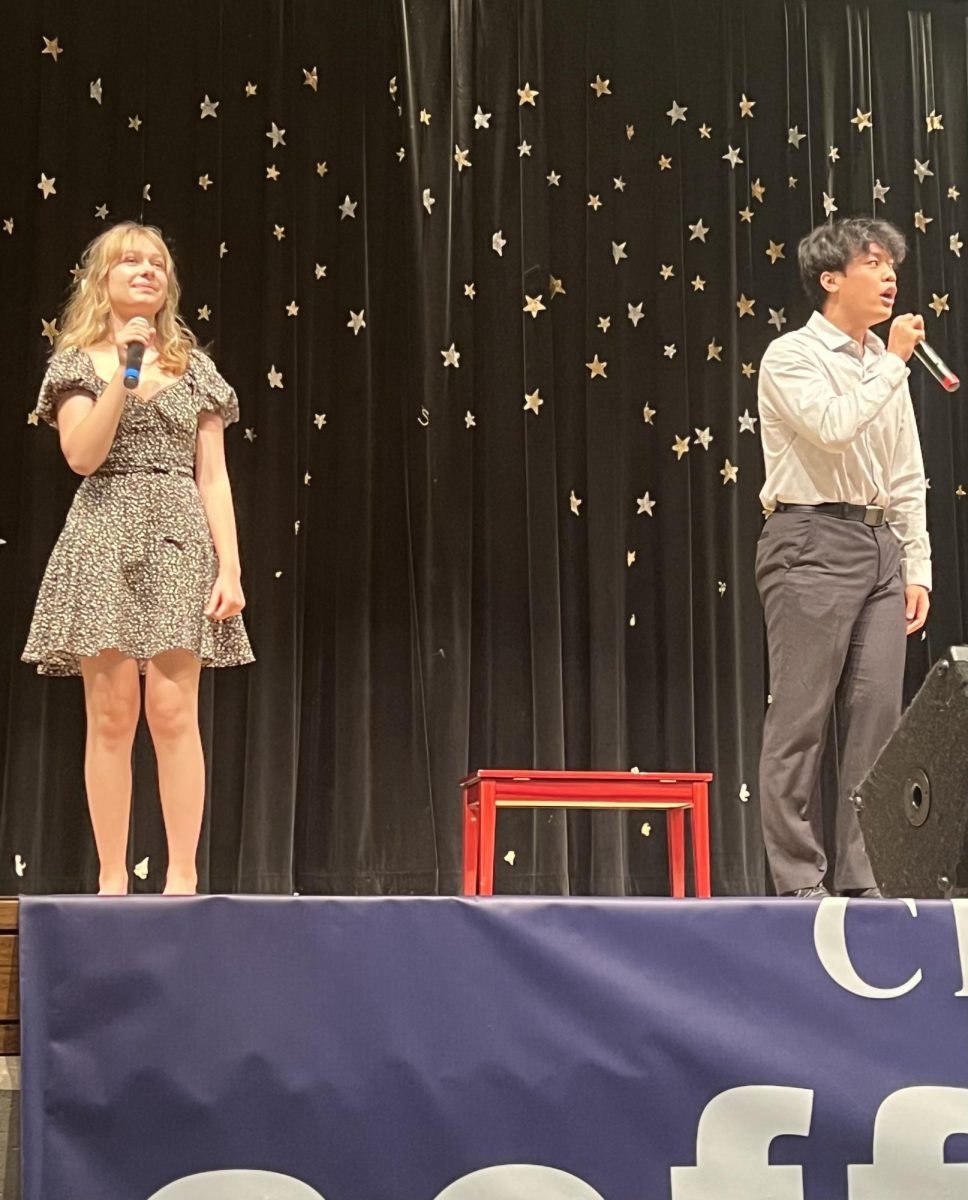In collaboration with Peyton Lee. Spoilers ahead.
3 weeks ago, A24’s latest and most anticipated movie, “Civil War”, was released. There’s been a lot of media coverage around it, but the overarching consensus is that it has a mixed reception. A lot of people’s expectations of the movie were skewed by the trailers, and the story went over the heads of many.
The film shows the effects of war through the perspective of journalists on a cross-country road trip. It truly shows how a society would crumble and the potential for violence that humans are capable of.
The movie’s key events provide a little background to what’s going on, but overall they serve to highlight the potential lives of Americans across the country, from a small group of men guarding a gas station and charging money for refills to a humanitarian camp for refugees, to lone groups taking advantage of the chaos to enact their visions of justice. This lines up with the movie’s goal to show the effects, not the cause of a potential American civil war.
One of the scenes portrays armed civilians wearing floral shirts. This is a reference to the “boogaloo boys” – a group of American civilians that can be referred to as a militia – who are anti-government forces. The scene shows them executing captured federal soldiers after a firefight. At first, it may be shocking, but it makes sense because previously it is mentioned that the government has been striking civilian targets. Most importantly, it does a good job of showing how in a conflict of that nature, all bets are off.
Another pivotal scene is one that’s famous now: “What kind of American are you?” The scene unfolds when the main cast happens upon a mass grave led by uniformed men. The scene doesn’t tell whether or not they are affiliated with any government, but given how the uniforms are devoid of any identifying features, it can be assumed that they are either rogue soldiers or civilians posing as such. The scene is excellent because it portrays the kinds of people that a chaotic civil war could give birth to. These vigilantes have stopped and killed several dozen people for being foreigners, as is shown when they shoot one of the supporting characters for being Chinese. Subtly, and also importantly, one of the vigilantes wore rose-tinted glasses, which can be a metaphor for how such beliefs can be seen as truly beneficial for those who are committing acts of violence to further them.
This movie had some interesting ad campaigns throughout its two months that were very interesting. Some of these ads introduced the factions that were going to be in the movie. And while it did mainly focus on the main two, the Western Forces (California and Texas) and the Loyalist (The United States of America.) It led to many people believing that the movie itself was going to be about how America got into a civil war. While others believed that its “a-political” stance was all but a mere facade and that it would place itself. However, the film itself presented its case that no matter what war it may be, it will have a negative and harmful response.’
The moral of this story is that no war is just about the soldiers and the men and women who died fighting for what they perceived as right. It is that everyone suffers in a war, no person comes out unscathed after it. This movie also highlights the importance of journalism, especially photography journalism. No amount of words can describe as vividly as a photograph, as they go in on the action and show the raw emotions and situations happening at the place. The movie itself shows this point by highlighting how Lee Smith’s whole career revolved around taking photos of graphic scenarios to show Americans to stray away from their infighting. Her photos being in full color compared to her successor, show how cold and distant they are. Compared to the
Lee dying at the end of the movie overall wraps up the moral of the story that no matter how stone-cold one can be, eventually the mind and emotions will break.
To conclude, this story not only shows a real and authentic anti-war but it shows the importance of photojournalism–why journalists do the things that they do, to keep the general public in the know. Anyone should watch it with an open mind.

